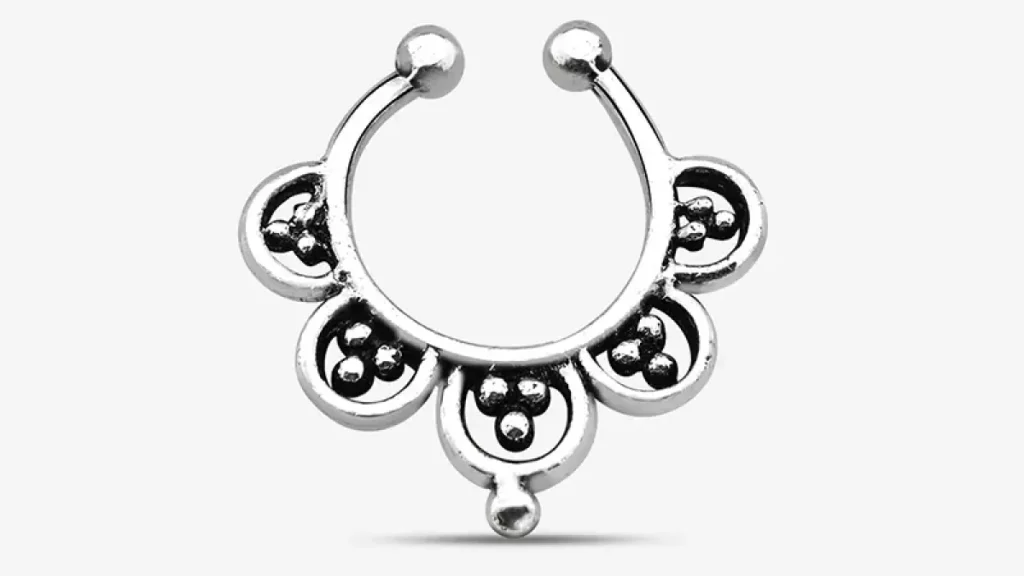In the vast tapestry of jewelry, nose pins stand as small but significant emblems of beauty and cultural heritage. These delicate accessories have adorned the faces of men and women for centuries, transcending time and geography. Join us on a journey exploring the captivating world of nose pins, from their cultural origins to their modern-day expressions of personal style.
Origins and Cultural Significance:
Nose piercing and the use of nose pins have deep cultural roots that stretch across various civilizations. In ancient cultures like the Indian subcontinent, the Middle East, and parts of Africa, nose piercing was not merely a fashion statement but held symbolic and ritualistic importance. In India, for instance, nose pins are associated with matrimony and signify a woman’s marital status, while in the Middle East, they are considered an emblem of beauty and social standing.
Evolution Through Time:
The evolution of nose pins mirrors the changing tides of fashion and societal norms. From the traditional hoop nose rings worn by ancient civilizations to the more contemporary stud designs, the nose pin has adapted to suit the aesthetics of each era. In recent decades, it has become a popular form of self-expression, with individuals using it as a means to convey their personal style and identity.
A Variety of Styles:
Nose pins come in an array of styles, each catering to different tastes and occasions. The classic stud, hoop, and septum ring are just a few examples. Ornate designs with intricate patterns, gemstone embellishments, and minimalist styles showcase the versatility of this accessory. The choice of a nose pin style often reflects an individual’s personality and cultural influences.
Beyond Aesthetics: Health and Well-being:
In addition to their ornamental role, nose pins have also been attributed with health benefits in certain cultures. Ayurveda, the traditional medicine system in India, suggests that wearing a nose pin on the left nostril may have therapeutic effects, particularly for women. While these claims are not scientifically proven, they add another layer to the rich tapestry of beliefs associated with nose pins.
Navigating Modern Trends:
In contemporary fashion, nose pins have experienced a resurgence in popularity. No longer confined to specific cultural or religious contexts, nose pins have become a global fashion phenomenon. Celebrities and influencers often showcase diverse nose pin styles, contributing to their widespread acceptance and incorporation into mainstream fashion.
Care and Placement Tips:
- Quality Matters: Opt for hypoallergenic materials like gold, silver, or titanium to avoid skin irritations.
- Placement Precision: Consider your face shape and features when choosing the placement of your nose pin for a flattering look.
- Mix and Match: Experiment with different nose pin styles to create a curated and unique look.
Conclusion:
In the grand narrative of jewelry, nose pins emerge as enduring symbols of tradition, beauty, and personal expression. Whether chosen for cultural significance or as a modern fashion statement, the allure of nose pins lies in their ability to delicately enhance one’s features while weaving a story of heritage and style. So, the next time you don a nose pin, remember that you’re not just adorning your face; you’re celebrating a timeless tradition and expressing your own unique beauty.


